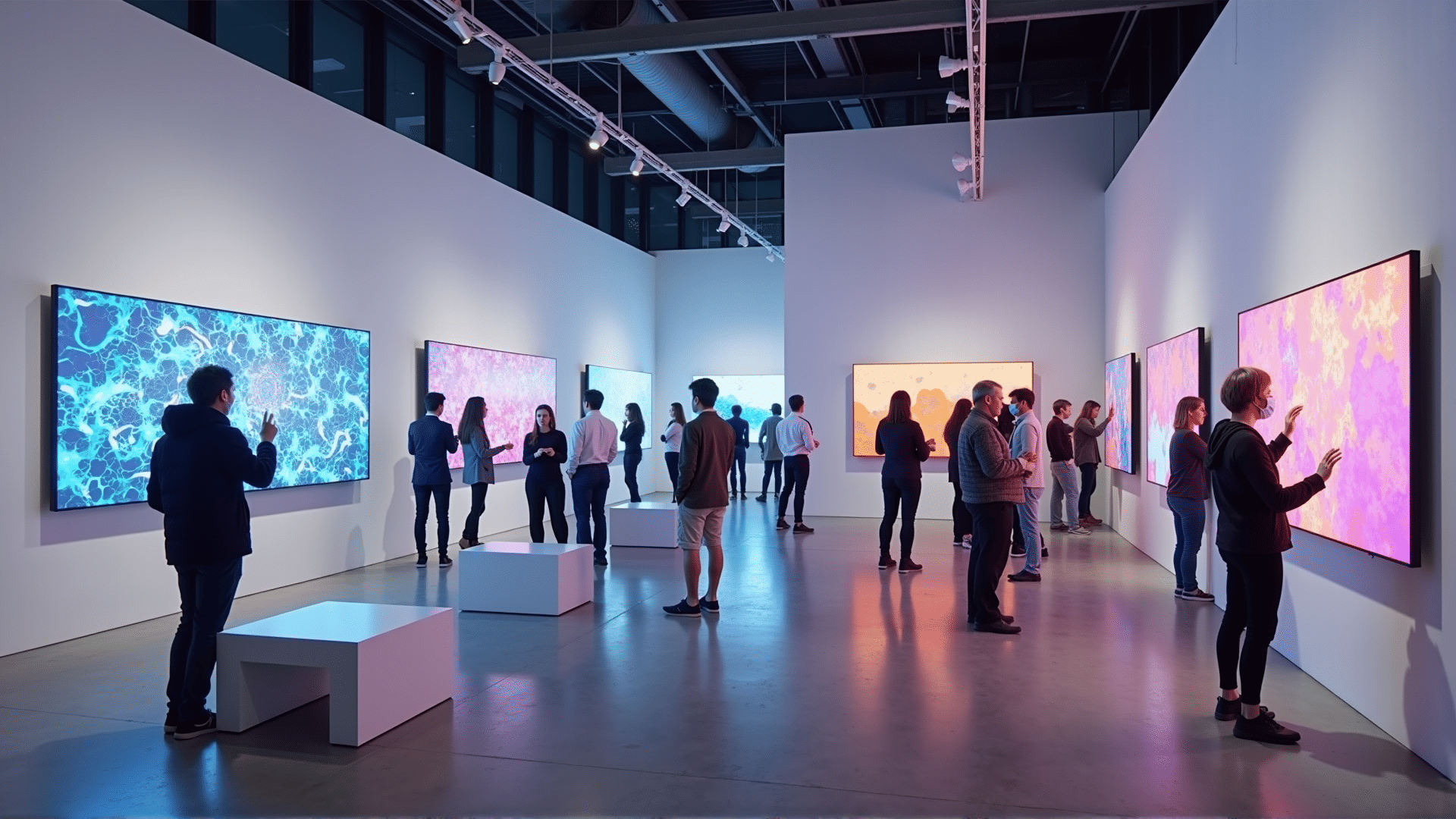In recent years, digital art has surged to the forefront of the modern art scene, redefining not just what we consider art to be, but also how galleries curate and audiences engage with visual culture. As technology becomes increasingly embedded in daily life, its influence on the art world is both inevitable and transformative, providing artists with new mediums of expression and galleries with innovative ways to attract and engage visitors.
A distinguishing feature of digital art is its versatility. This form encompasses a range of styles and technologies, from digital painting and 3D modeling to virtual reality installations and interactive multimedia displays. This diversity is reflective of the creative potential afforded by digital tools, allowing artists to explore themes and concepts that transcend the limitations of traditional mediums. Furthermore, digital works often reside at the intersection of art, science, and technology, offering a fusion that can challenge audiences to think critically about the digital world we live in.
Modern galleries have increasingly recognized the value of digital art as a dynamic catalyst for audience engagement. Unlike traditional artworks that may require contemplative observation, digital pieces often invite participatory experiences. Interactive installations, augmented reality exhibits, and immersive virtual environments invite viewers to become an integral part of the artwork, thereby shifting the role of the audience from passive observers to active participants. This engagement fosters a deeper connection with the art, as viewers' interactions directly affect their experience.
Moreover, the digital format allows artworks to be more accessible than ever. Digital pieces can be reproduced and shared online, breaking geographical barriers and reaching a global audience instantaneously. This accessibility democratizes the art world, providing opportunities for artists and audiences that might otherwise be excluded from traditional gallery spaces due to logistical or financial constraints. Online exhibitions and digital archives have become commonplace, expanding the reach of galleries and opening up new channels for learning and interaction beyond the physical visit.
The integration of digital art into galleries also poses certain challenges that require careful consideration. The ephemerality of digital works, technological obsolescence, and the authenticity of digital reproductions all raise questions about preservation and ownership that galleries must address. Additionally, the shift towards digital can sometimes create tension with the traditional art community that values conventional media, although this is also a point for enrichment and dialogue rather than division.
As digital art continues to cement its place in modern galleries, it serves as a reflection and interrogation of contemporary society. By merging artistic expression with technological innovation, this form taps into the zeitgeist of our era—a world increasingly defined by digital connectivity. Consequently, galleries that embrace digital art not only showcase the creations themselves but also illuminate broader cultural conversations about our evolving human experiences in the digital age.
The influence of digital art in modern galleries exemplifies a shift that is both exciting and somewhat unprecedented in the history of art. It is a testament to the resilience and adaptability of art in the face of technological change, offering audiences new ways to experience creativity. As we look to the future, the presence of digital art continues to promise rich and varied opportunities for both artists and audiences to explore the boundless landscapes of artistic expression and human connection.
